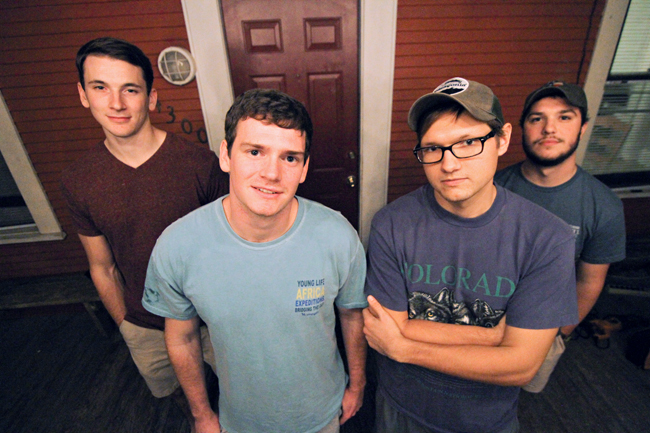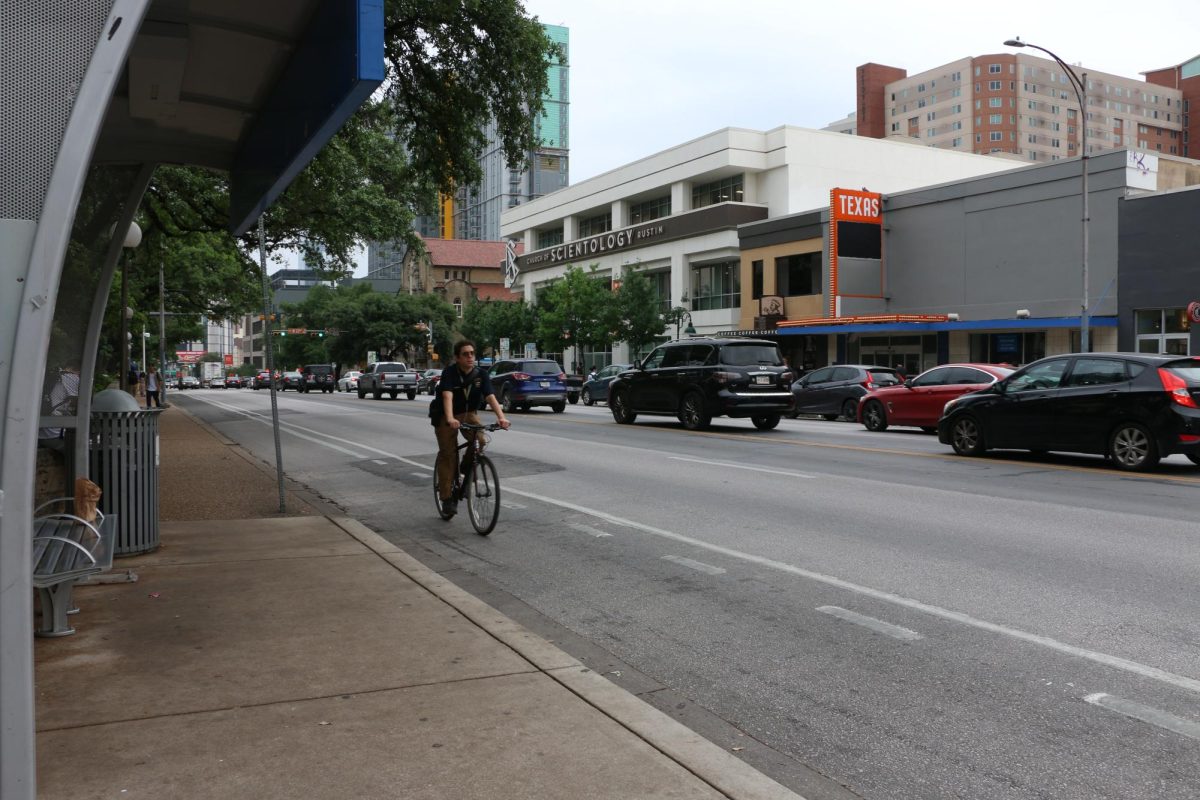Students who live with four or five others in houses surrounded by families may have to move out soon because of possible restrictions on Austin’s current occupancy laws.
Austin City Council may begin discussions to lower the maximum occupancy for non-related people in a single-family house, which would decrease the number from six to four. The council has received various complaints from families in areas near these types of houses, mainly north of campus, which are referred to as “stealth dorms,” councilman Chris Riley said.
“[Complaints have] been going on for years,” Riley said. “The principle complaint is that we’re seeing continued demolition of houses in single-family neighborhoods and the construction of buildings that will never serve the function of single-family homes that are built as dormitories in single-family zone neighborhoods. So the question is, if it’s zoned single family, then why are we allowing a use that’s clearly not a single-family use?”
Architecture senior Jorge Martinez said the house he lives in with five roommates has five bedrooms, one of which is a converted study.
“Families have been living here for years, and, in a way, I think they’ve had to put up with a lot of cases of student rowdiness, so in the beginning they try to be really strong about imposing their rules as a neighbor,” Martinez said.
Martinez said even if city council decides to decrease the occupancy limit, he and his roommates would try to stay at their current house.
“We would probably still try to live with each other, but there would probably only be four people who would sign the lease,” Martinez said. “[Our other roommates] would just kind of stay here and just help us out. I don’t see another way. I don’t think they’d move out just because the law changed, maybe not until … they can find another place to live.”
Ethan McCamant, a math junior at Texas State, lives in a Hyde Park house with many UT students. The five-bedroom house has two converted rooms.
“The front room that’s mine wasn’t really a bedroom,” McCamant said. “It was like a study area, but it just kind of became a room when I moved in.”
McCamant said he and his roommates have not had many problems with neighbors, including families, complaining about the number of people who live in the house.
“We’ve never heard anything from neighbors,” McCamant said. “They know who we are. We’re pretty friendly with them. We’re all Young Life leaders here in the area, so it’s not like we’re too crazy.”
Riley said the city’s rising housing costs are an overall trend impacting permanent residents as well as students.
“Vacancy rates are at historic lows, and we see continued growth pressures, and we need to find ways to accommodate that growth in ways that are convenient and affordable,” Riley said. “The answer isn’t to ignore current zoning and change the character of existing neighborhoods.”
Riley said the city will work to address Austin’s rapid student growth without relying on stealth dorms. The council could begin discussing the decrease in the occupancy limit as early as Thursday, but Riley said the meeting will be more of an “engagement conversation” to explore options for addressing the concerns.
“We absolutely need to find ways to accommodate the student population, so we’re going to continue to work on providing good options like we see in West Campus and along Guadalupe,” Riley said, “but the answer to accommodating our student growth is not to take out the single-family homes in single-family zone neighborhoods and replace them with dormitories.”





















